Africa’s vultures in peril : Explore the critical state of Africa’s vultures and why conservation efforts are vital in preserving these majestic raptors. Learn about the challenges and solutions.
Africa’s vultures in peril : Introduction
Africa’s majestic raptors, including the iconic lappet-faced vultures and long-crested eagles, are facing a severe crisis as new research reveals an 88-percent overall decline in the continent’s raptor population. The study, considered the most comprehensive to date, evaluated the health of 42 bird species across Africa, highlighting losses of up to 97 percent. The consequences of this decline could have far-reaching effects on ecosystem health and function.
ALSO READ : Eurasian Magpie : Unveiling The Avian Genius
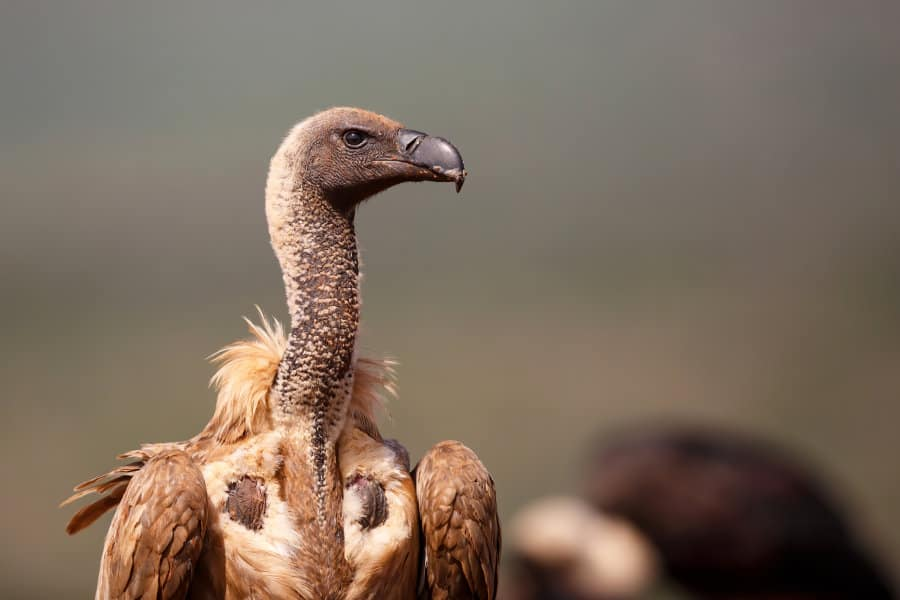
Widespread declines
The study, published in Nature Ecology & Evolution, employed computer modeling to estimate population trends over 40 years in four regions – West, Central, East, and southern Africa. The results are alarming, with 90 percent of the 42 savanna predators and scavengers experiencing decreases, and over two-thirds meeting the criteria for global threat status. The most severe declines were observed in West Africa, impacting large raptors such as vultures and eagles the most.
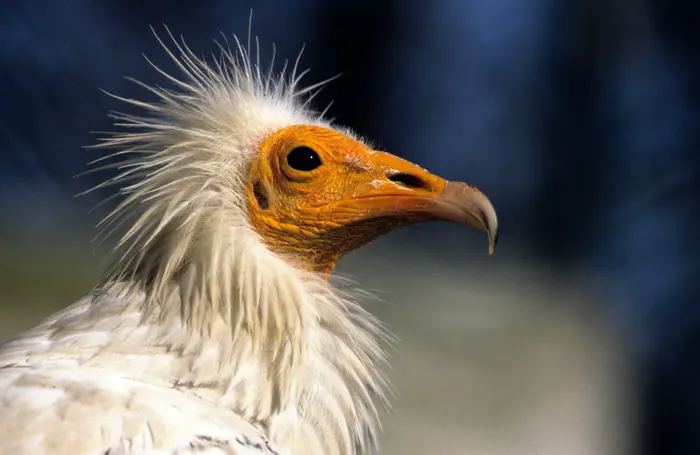
Losses of iconic species
The decline isn’t limited to overall population numbers; it extends to individual species as well. Native African species like the Augur buzzard, Beaudouin’s snake-eagle, and Rüppell’s vulture have suffered severe declines – 78 percent, 83 percent, and a staggering 97 percent, respectively. Once common sights, these birds are now vanishing, with only around 22,000 Rüppell’s eagles left on Earth.
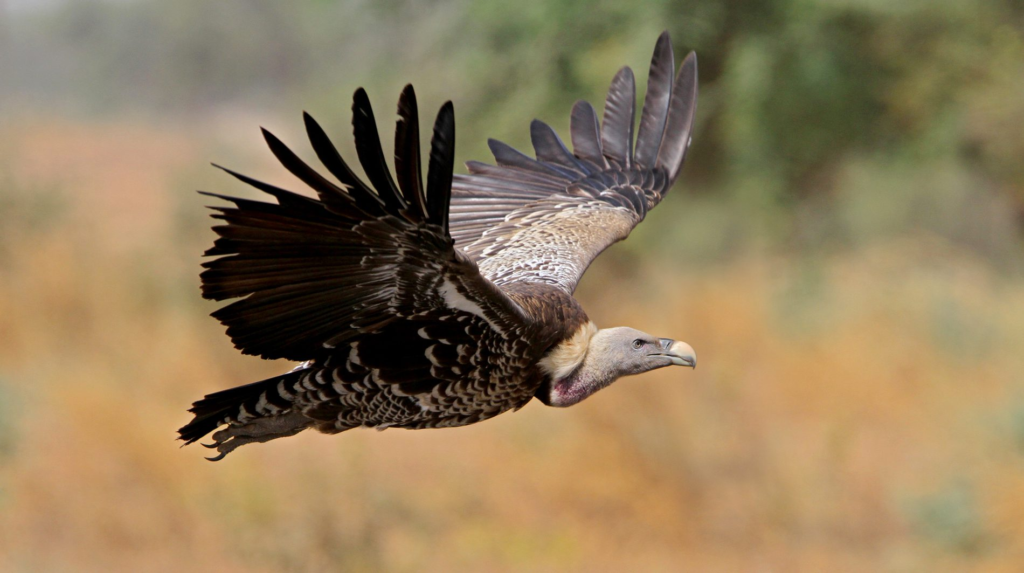
Habitat destruction and urbanization
Habitat destruction, largely driven by Africa’s rapid urbanization, stands out as a primary driver of these declines. As cities expand, natural habitats shrink, leaving little space for raptors to thrive. Darcy Ogada, Africa program director for the Peregrine Fund, notes that the losses could prove catastrophic for ecosystems, as vultures and eagles play a crucial role in removing 70 percent of carcasses from the continent each year.
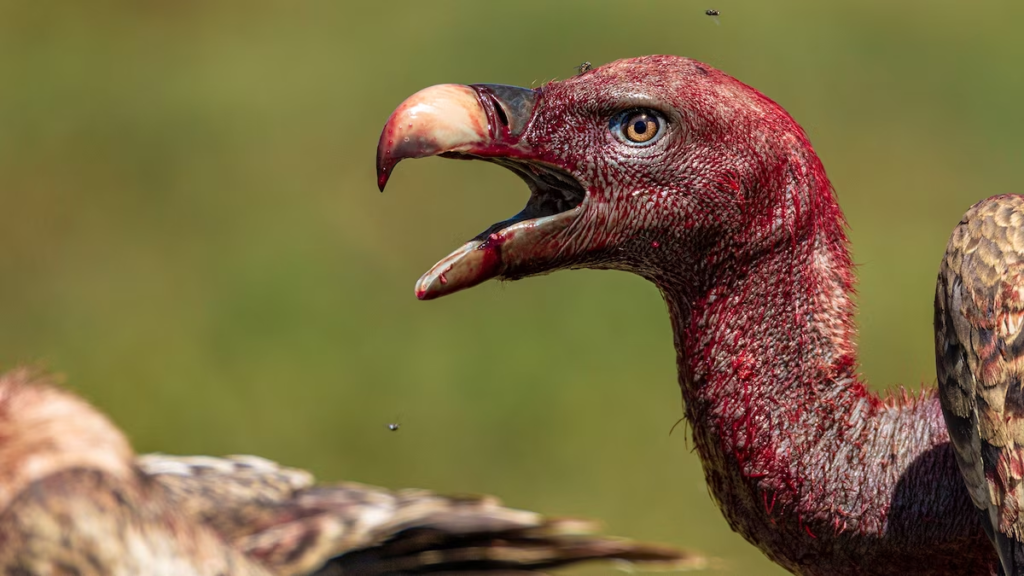
Protected areas not immune
Even within protected areas like national parks and game reserves, raptors are facing declines. The study reveals that 40 percent of the studied species have dwindled even within these supposedly safe havens. Large eagles and vultures, confined to these limited spaces, face a double jeopardy as they struggle to sustain their populations in territories that are too small.
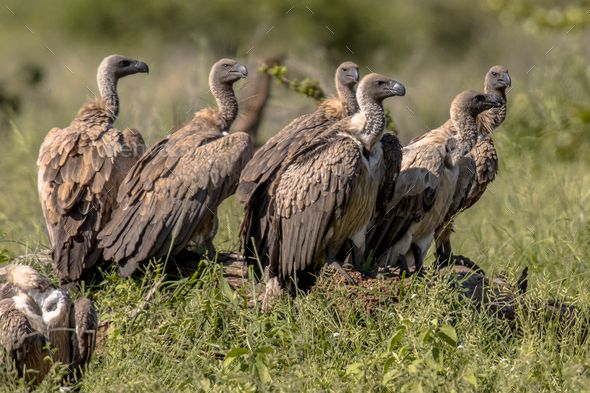
Implications for genetic diversity
The large distances between protected areas could lead to isolation, making raptor populations smaller, further apart, and less genetically diverse. This isolation poses a threat to the long-term viability of these species, potentially hindering their ability to adapt to changing environmental conditions.
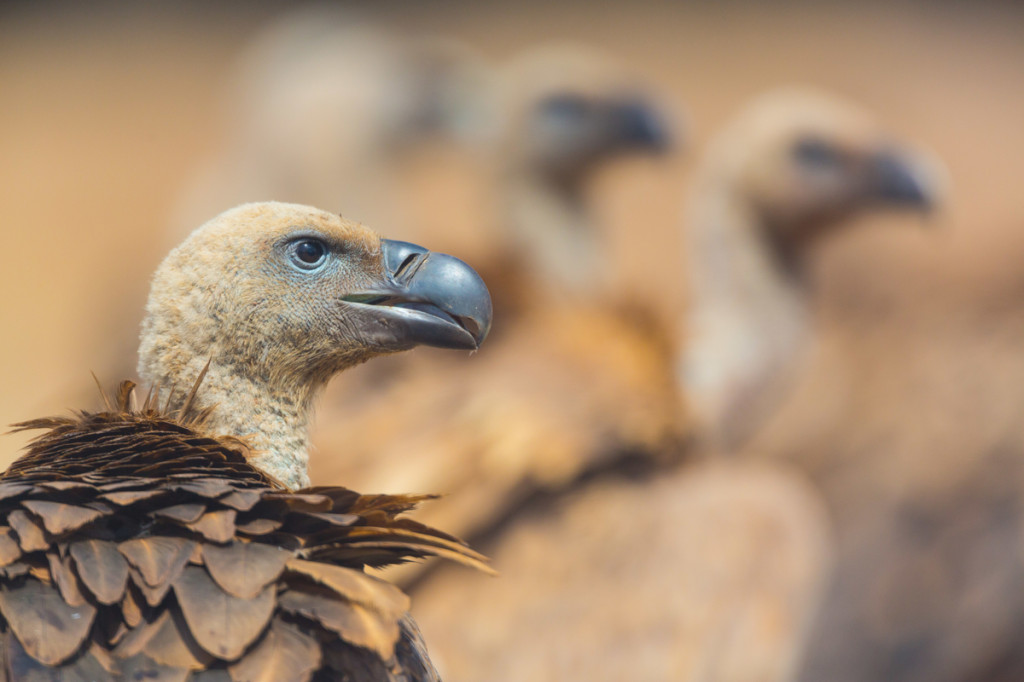
Multiple causes of decline
The causes behind the declines are diverse, rooted in Africa’s exponential population growth and its impact on land use. Raptors face threats such as trapping, electrocution from power lines, and poisoning – both accidental and deliberate. Agricultural poisons like pesticides, used to control predators, pose a significant danger to raptors, as they are often lured to poisoned carcasses.
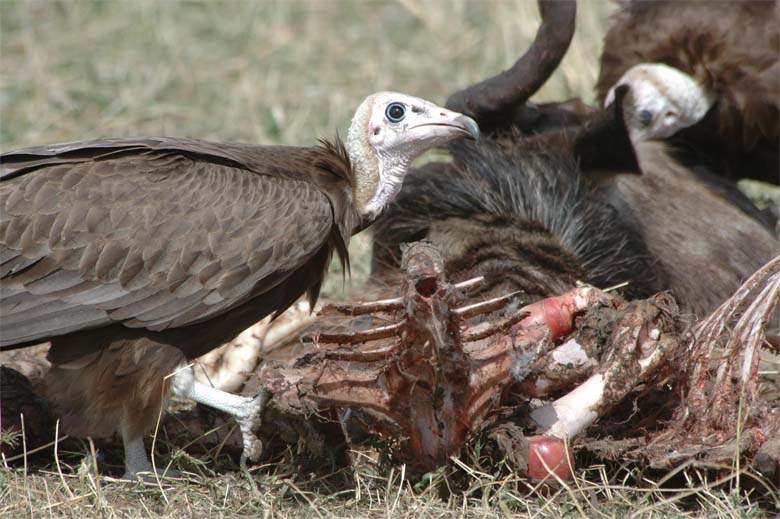
Ecosystem benefits at risk
The loss of raptors has broader consequences for ecosystems. These birds provide valuable services such as pest control by preying on rodents and insects, including crop-damaging locusts. Additionally, as efficient scavengers, they play a crucial role in disease prevention by eliminating carcasses quickly, preventing the spread of diseases.
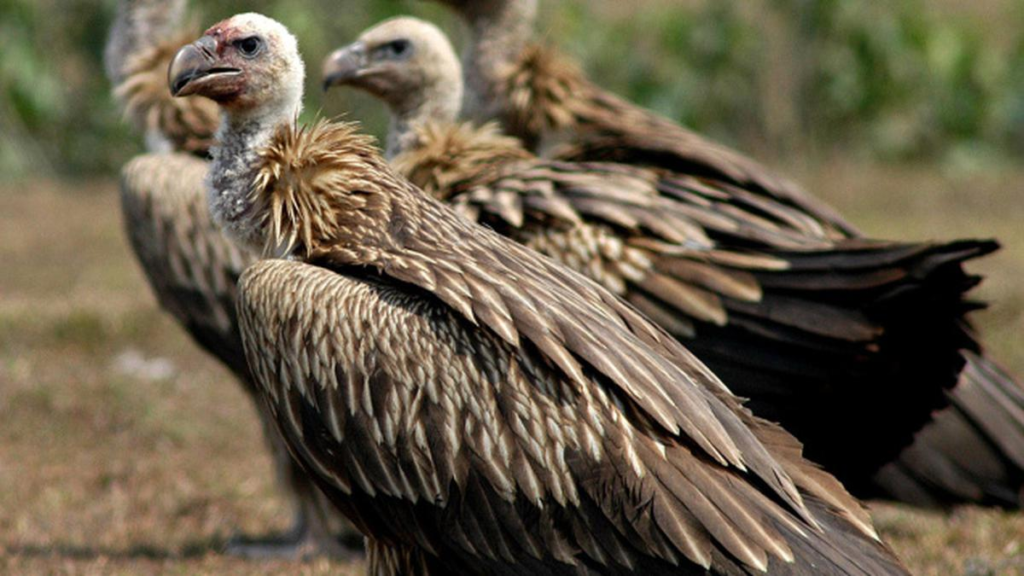
Solutions and a call to action
Addressing the decline of Africa’s raptors requires immediate action. Banning poisons, implementing design changes to power lines, and setting aside more land for protected reserves are crucial steps. Successful conservation efforts in other parts of the world have shown that these measures can restore raptor populations. Currently, only 14 percent of Africa’s land mass is designated for wildlife, emphasizing the urgent need for expanded conservation initiatives.
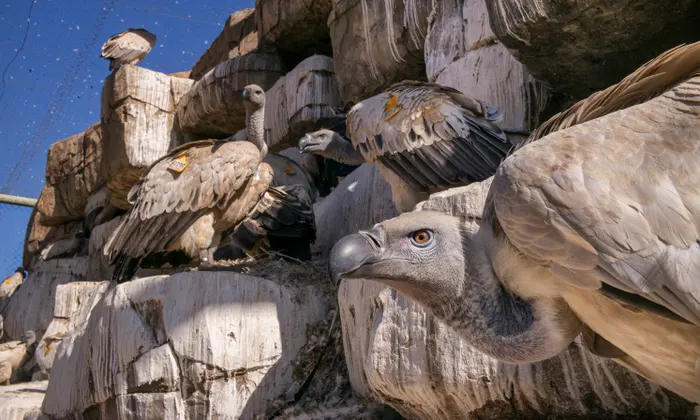
Conclusion
The research on Africa’s declining raptor populations serves as a wake-up call to the global community. The disappearance of these majestic birds not only threatens the biodiversity of the continent but also endangers crucial ecosystem services. Urgent and coordinated efforts are needed to address the root causes of decline and implement effective conservation measures. The fate of Africa’s raptors is intertwined with the health of its ecosystems, making their preservation a priority for the future.
To explore more news : Click Here
ALSO READ : 9 Of The World’s Deadliest Snakes : A Closer Look At Nature’s Most Dangerous Predators




































